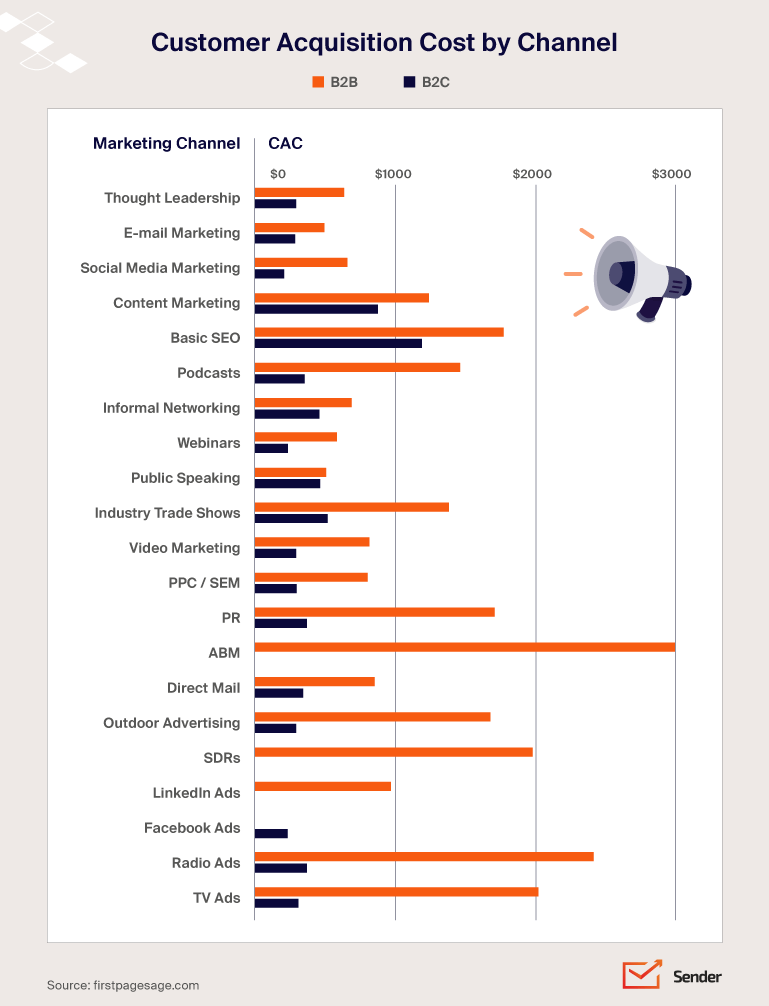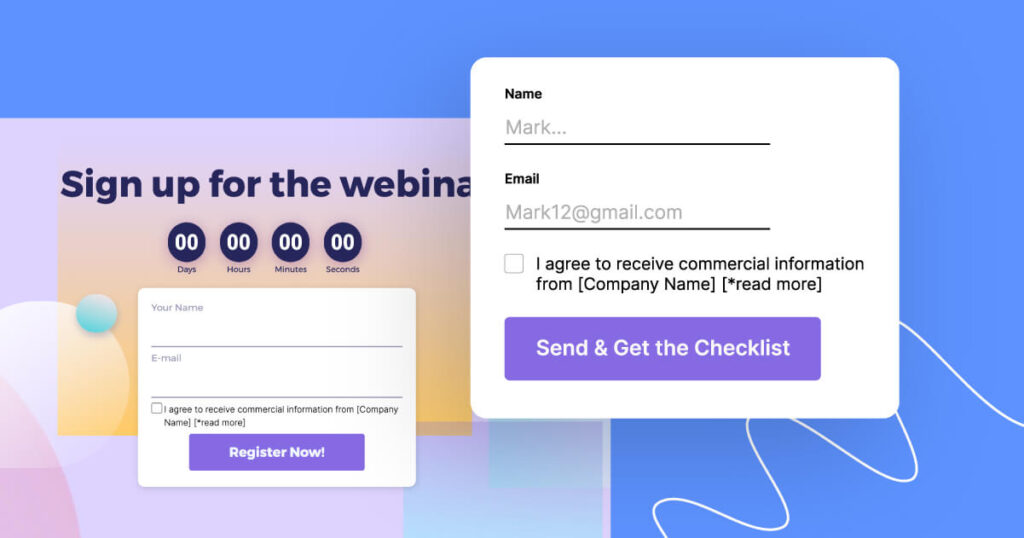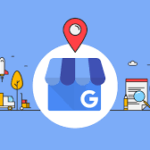In today’s dynamic digital age, marketing strategies seem to evolve at lightning speed. From the rise and fall of social media platforms to the unpredictable nature of search engines, businesses face constant challenges in maintaining a steady online presence. Amidst this ever-changing landscape, one tool remains remarkably consistent in its efficacy: email marketing. This article dives into three pressing reasons why building an email list is not just a good strategy, but an essential one, in our modern marketing world.
The Uncertain Future of Search Engines
Since the advent of the internet, search engines have undergone significant transformations. From the simplistic days of Ask Jeeves to the dominance of Google, these platforms have always been in flux. Today, we are witnessing yet another shift, with AI playing an increasingly pivotal role. Tools like Google Discover now prioritize user-specific content, often bypassing traditional search results, and leading to reduced organic visits to websites.

Less and less people are clicking on search results. (Sparktoro)
This AI-driven focus, combined with unpredictable algorithm updates, underscores the volatility of SEO. Websites that once topped search results might find themselves buried overnight. It’s a game of adaptability, with businesses always trying to decode the latest ranking factors.
While SEO and content marketing have proven invaluable in recent years, it’s a gamble to place all your bets on them. The digital landscape is notorious for its unpredictability, and relying solely on one traffic source is a precarious strategy. This volatile nature of search engines makes a clear case for diversifying marketing approaches, with email marketing emerging as a compelling, steadfast alternative.
The Transience of Social Media Platforms
Social media, in its relatively short existence, has seen platforms rise and fall with surprising speed. Remember MySpace? Once a behemoth in the social networking arena, it now serves as a lesson in digital impermanence. Or consider Vine, which, despite its massive popularity, had a notably short lifespan. And let’s not forget the ambitious Google+, which Google sunsetted after it couldn’t quite find its footing against rivals.
The trend-driven nature of social media is especially palpable among younger audiences. Just as quickly as Snapchat became the rage, TikTok stepped in, capturing the attention of millions. With these rapid shifts, businesses that heavily invest in a single platform may find their audience dwindling as users migrate elsewhere.

The rise and fall of different social media platforms over the years (Twitter)
Contrast this with email, which, since its inception, has proven its resilience and longevity. While the interface and features of email services have evolved, the core concept remains unchanged. Emails offer businesses a direct line of communication, devoid of the whimsical algorithms that might bury a social media post.
This isn’t to disparage the immense value of social media marketing. But it does highlight a significant advantage of email marketing: stability. In a world where digital trends can change in the blink of an eye, email stands out as a reliable, tried-and-true method to connect with audiences directly, consistently, and on your terms.
The Continuous Cost of Digital Ads vs. The One-Time Cost of Capturing an Email
Navigating the realm of digital advertising can be a costly endeavor. The prominent models, such as cost-per-click (CPC) and cost-per-impression (CPM), come with rising prices, especially in saturated markets or popular niches. For many businesses, it’s a constant financial outlay every time they wish to capture attention.
Beyond the expense, there’s the undeniable reality of audience fatigue. Users, now more than ever, are being bombarded with ads at every turn, leading to the rise of ad-blockers and a general desensitization to online promotions. This trend makes each advertising dollar spent less effective, requiring advertisers to spend even more to achieve the same results.
 Email marketing is one of the most affordable acquisition channels (firstpagesage.com)
Email marketing is one of the most affordable acquisition channels (firstpagesage.com)
Now, let’s examine the contrasting beauty of email marketing. Once you’ve acquired an individual’s email address – typically through an initial investment in content, an offer, or a promotional campaign – it opens the door to unlimited, direct communication without incremental cost. Each email sent is a free touchpoint, an opportunity to promote, inform, or engage.
Moreover, emails enable a level of personalization unparalleled by broad digital ads. You can tailor messages, offers, and content to specific segments of your list, drastically increasing engagement and conversion rates. With this in mind, the long-term value of capturing an email far outweighs the recurrent costs associated with conventional digital advertising.
Building an Email List for B2B
For B2B businesses, the importance of cultivating a robust email list cannot be overstated. Unlike B2C, where impulse purchases are more common, B2B relationships are nurtured over time. Here’s how you can efficiently and effectively build an email list in the B2B domain:
Email Strategy
An effective email strategy is about more than just sending messages; it’s about fostering genuine connections. To excel, one must prioritize relevance, delivering content that resonates with the recipient’s needs and interests. Regular engagement is key, but so is respecting boundaries to avoid overwhelming subscribers. By segmenting your list, personalizing content, and analyzing feedback, you can continuously refine your approach, ensuring your emails not only reach inboxes but also engage hearts and minds.
Here are a few things to keep in mind:
- Content is King: Offer high-quality, relevant content. Whether it’s industry insights, whitepapers, or case studies, make sure your email content provides value.
- Segmentation: Understand the different segments within your target audience. A one-size-fits-all approach won’t work for B2B. Tailor your content and outreach to address the specific needs and interests of each segment.
- Regular Engagement: Consistency is crucial. Regular updates, insights, and news can help keep your brand top-of-mind.
Best Practices for Capturing Emails
Capturing emails goes beyond a mere “sign up” button. It’s about presenting a compelling reason for visitors to share their coveted email address. Whether through value-packed lead magnets, exclusive access, or enticing offers, the aim is to provide tangible benefits. Integrate sign-up opportunities seamlessly across your digital platforms, but always prioritize user experience. Transparent practices and a genuine commitment to privacy further enhance trust, converting casual visitors into dedicated subscribers.

Effective email capture example
Here are some best practices for capturing email addresses – online or offline:
- Online:
- Landing Pages: Create specific landing pages for campaigns or offers. Ensure they are optimized for conversions with clear CTAs.
- Webinars and Workshops: Offering free webinars or workshops in exchange for email sign-ups can be effective. Make sure the topic is timely and relevant.
- Content Upgrades: Offer additional, more detailed content (like an e-book or extended guide) in exchange for an email.
- Exit-intent Pop-ups: Use pop-ups that appear when visitors are about to leave your site. Make the offer compelling to retain them.
- Social Media Promotion: Use your B2B social channels, especially LinkedIn, to promote sign-ups.
- Offline:
- Trade Shows and Conferences: These are goldmines for B2B emails. Have a sign-up sheet or digital portal ready at your booth.
- Networking Events: Always have business cards with a QR code linked to a sign-up page.
- Direct Mail: Consider sending postcards with QR codes or URLs directing to sign-up pages for special offers.
Tips for Maximizing Online Signups
There are a lot of strategies and tactics for getting the most out of your email signup forms online, most falling under the bucket of Conversion Rate Optimization (CRO):
- A/B Testing: Regularly test different CTAs, landing page designs, and offers to see what resonates best with your audience.
- Value Proposition: Clearly communicate the benefits of signing up. What will they get out of it?
- Trust Signals: Include testimonials or logos of companies you’ve worked with to build credibility.
- Mobile Optimization: Ensure all your sign-up forms and pages are mobile-friendly.
- Minimal Fields: The less information you ask for, the more likely they are to complete the form. Start with just an email and name.
Building an email list in the B2B space is a marathon, not a sprint. By offering consistent value, understanding your audience, and leveraging both online and offline tactics, you can cultivate a list that serves as a powerful asset for your business.
Keep A Robust Email List
In the ever-evolving digital landscape, a robust email list remains one of the most valuable assets a business can possess. By focusing on strategic engagement, crafting compelling reasons for sign-ups, and nurturing those relationships with authenticity and value, businesses can navigate the unpredictable tides of the online world. As platforms come and go, the trust and rapport built through email endures, solidifying its paramount importance in modern marketing.





